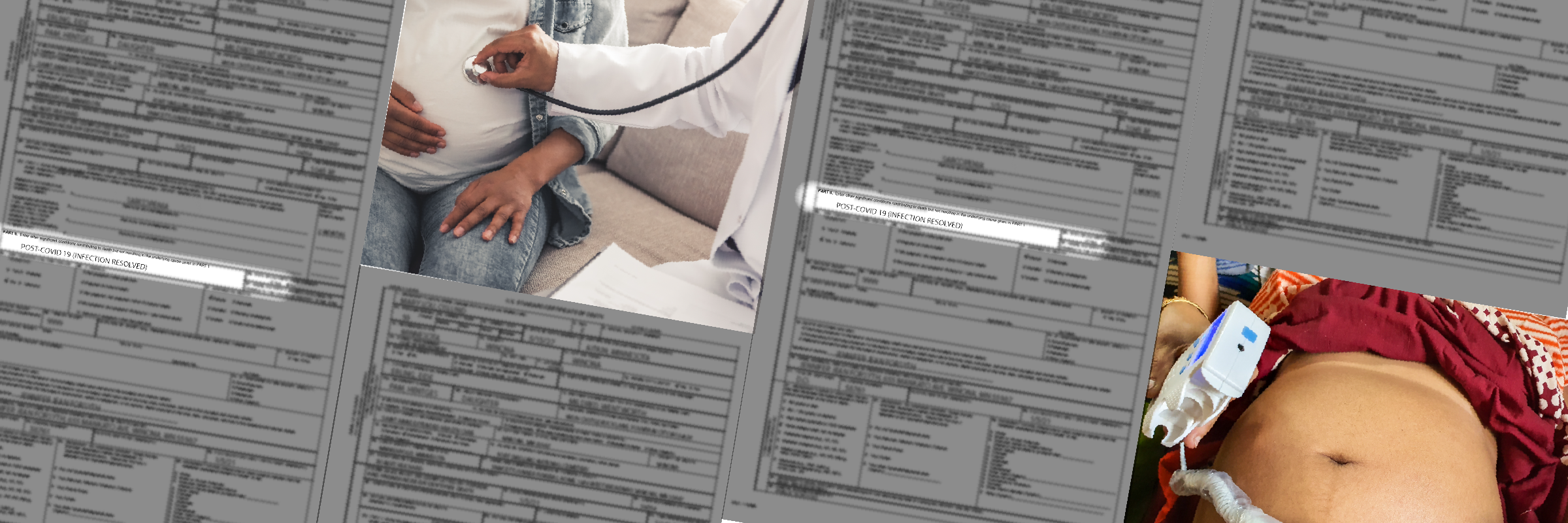The United States has some of the worst maternal mortality rates of any Western country and the COVID-19 pandemic only worsened the health of new mothers.
Despite the availability of vaccines and a nationwide push to bolster the health of new and recent mothers after the pandemic, the rate of maternal death in 2022 is higher than pre-pandemic 2019, based on early, provisional data.
In March, MuckRock compiled and released a data repository to track U.S. maternal mortality rates, relying on data from the Centers for Disease Control and Prevention’s National Center for Health Statistics. Covering January 2018 through December 2022, the data encompassed 6,193 pregnancy-related deaths nationwide; and death records from Michigan, Minnesota and North Carolina, covering calendar years 2020, 2021 and provisional data from 2022.
Continuing off of MuckRock’s release of new data by the CDC and state agencies, reporters at The News & Observer in North Carolina set out to examine why more women in that state are dying of pregnancy-related complications.
This month, the News & Observer published a four part series on pregnancy-related deaths in North Carolina, discovering that maternal mortality rates continue to hover around the highest level in five years, down slightly from a mid-pandemic peak.
COVID infections played a major role in the increased maternal death rate during the pandemic. In 2020 and 2021, COVID-19 was listed on the death certificates of 1 in 5 women who died during or in the year after pregnancy.
But that only told part of the story.
Reporting included tracking a rise in pregnancy complications and “near misses.” For example, at their peak in 2021, 1 out of every 100 birthing deliveries in the state resulted in a close call that almost claimed a mother’s life.
Additional analysis from The News & Observer and Charlotte Observer examined the discrepancies between mortality rates in women. Black North Carolinians from 2018 to 2021 were more than twice as likely to die from pregnancy-related complications than white residents.




